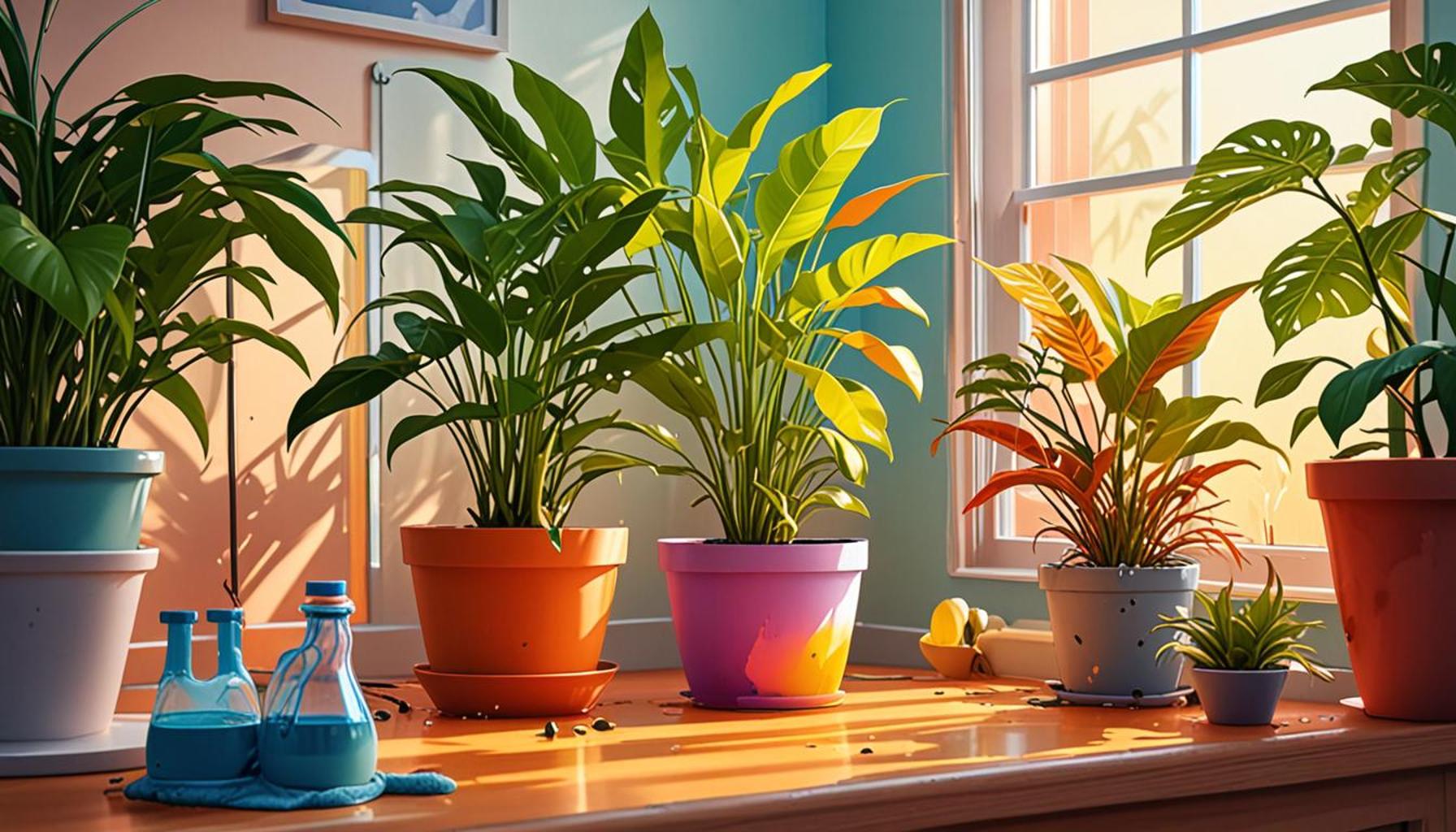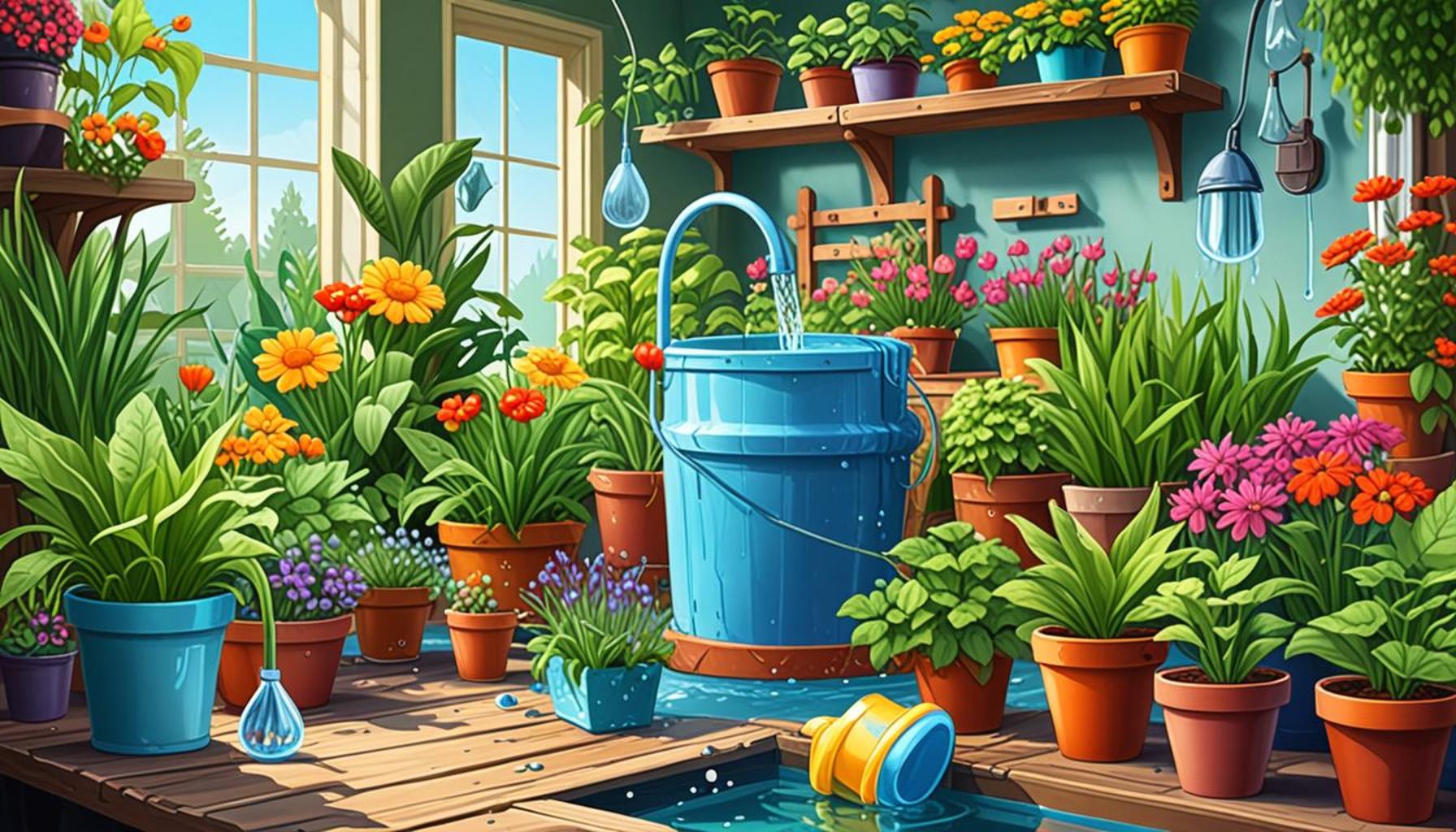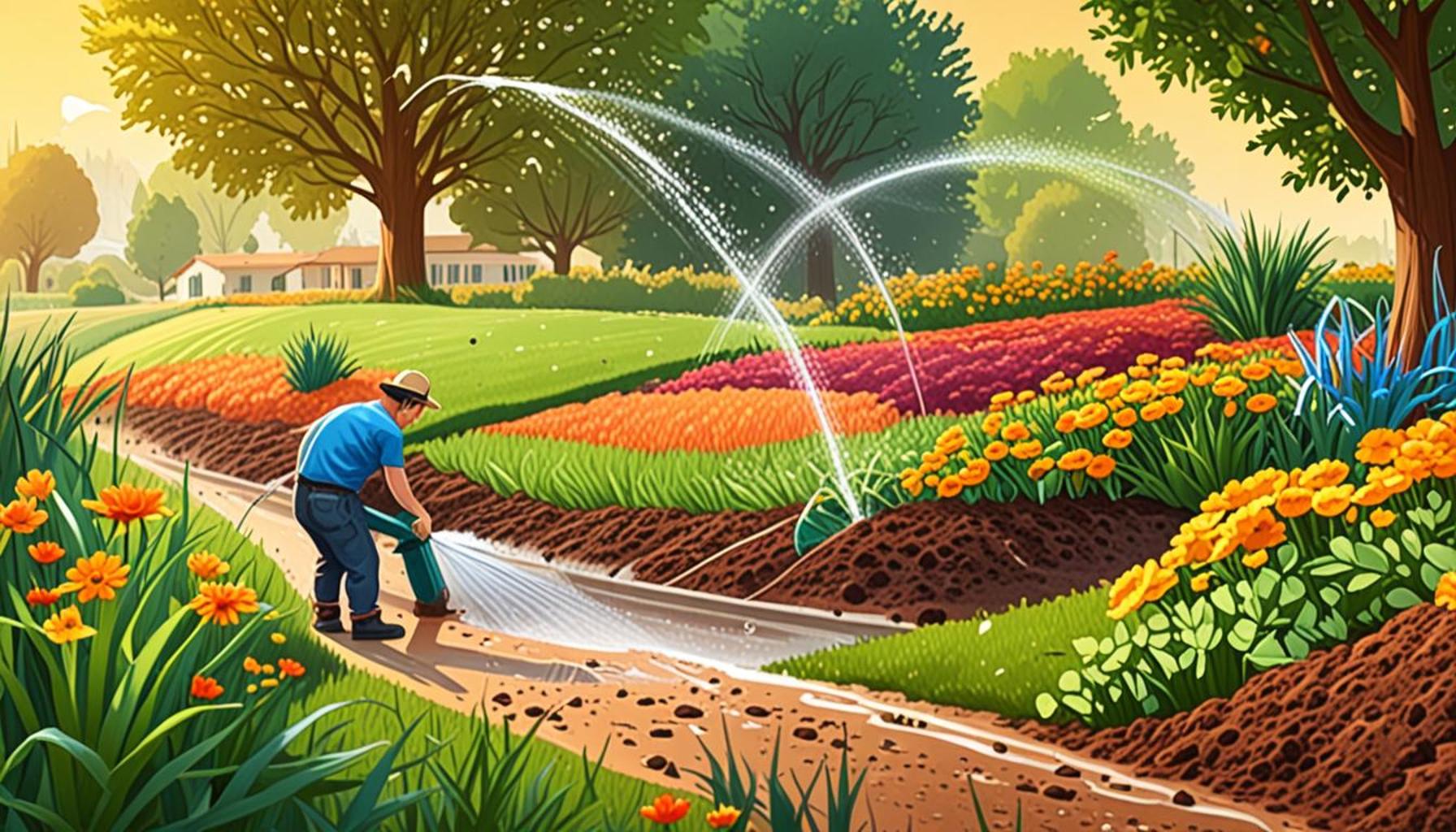Manual Watering Techniques: Tools and Methods for Beginners
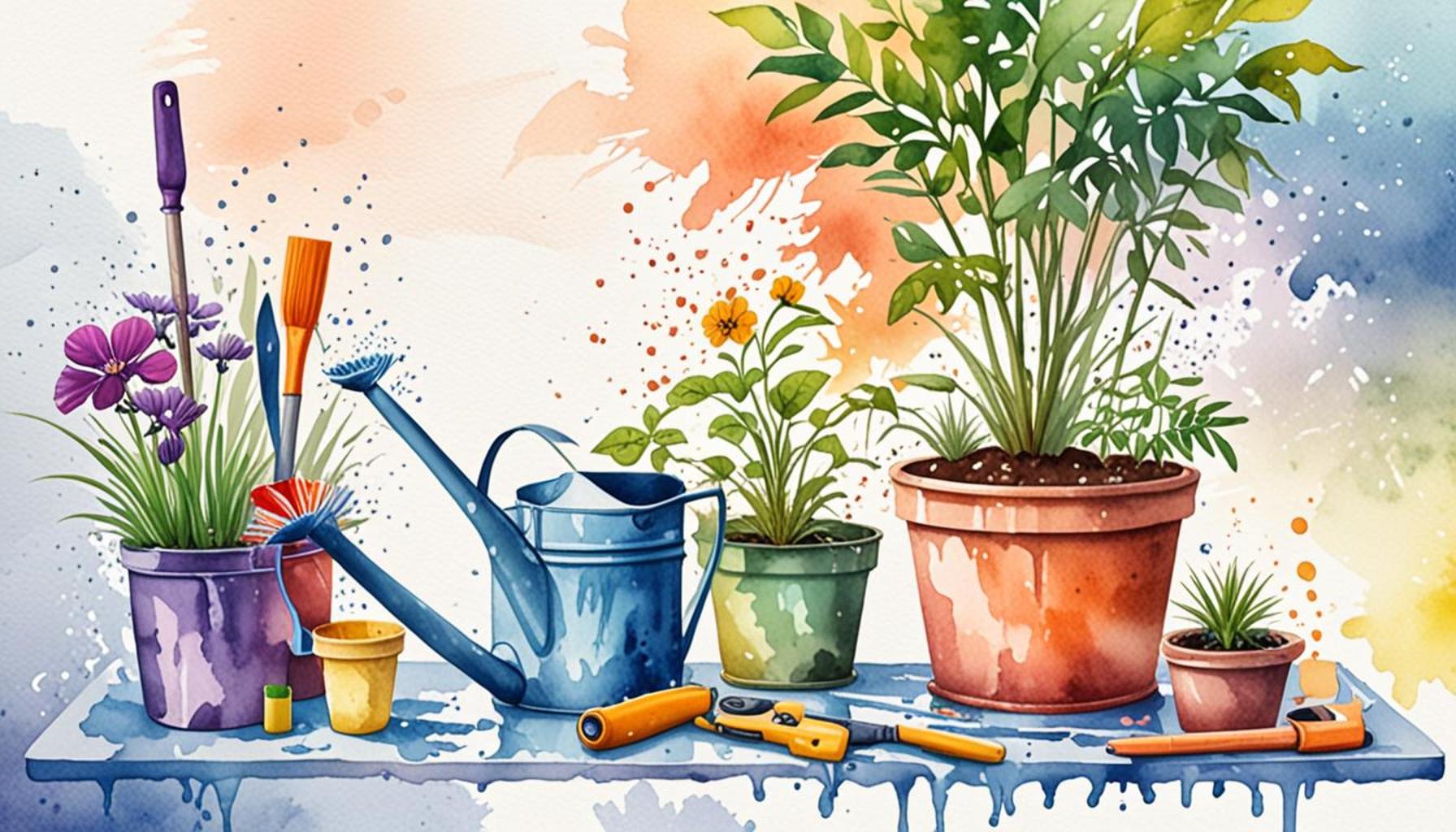
Discover the Art of Manual Watering
In a world dominated by automatic irrigation systems, manual watering techniques offer a refreshing and hands-on approach to gardening that can significantly enhance your understanding of plant care. For beginners, mastering these methods fosters a deeper connection with nature and allows for personalized attention to each plant’s unique needs. Additionally, deploying the right tools combined with essential knowledge sets the stage for cultivating a thriving garden that flourishes under your careful stewardship.
Essential Tools for Manual Watering
To embark on your manual watering journey, it is vital to arm yourself with a few essential watering tools. Their well-chosen features can make a significant difference in your gardening experience. Here are some must-haves:
- Watering Can: A watering can is ideal for precision watering. With a long, narrow spout, this tool allows for targeted delivery of water, which is especially beneficial for delicate seedlings or balcony plants. Choosing a can with a capacity of around 1 to 2 gallons strikes a good balance between weight and capacity.
- Garden Hose: Perfect for larger areas, a garden hose can effortlessly reach distant plants and is versatile for various watering tasks. Consider investing in a lightweight and expandable hose that minimizes storage space, as well as a hose reel to keep it neatly organized when not in use.
- Spray Nozzle: This handy attachment comes with variable spray patterns, catering to different watering needs—from gentle misting for seedlings to a strong jet for larger plants and lawns. Opt for a nozzle with easy-to-use adjustment settings that can switch between modes swiftly.
Effective Watering Techniques
Understanding effective watering techniques is equally important for the success of your gardening efforts. Some methods to consider include:
- Soak and Dry: This method involves allowing the soil to dry out between waterings. By keeping the top few inches of soil dry, you’ll encourage healthy root growth, which is vital for a plant’s overall vitality.
- Deep Watering: Instead of frequent shallow watering, this technique stresses the importance of watering thoroughly but less often. This encourages roots to grow deeper, making plants more resilient to drought conditions.
- Morning Watering: Watering your plants in the early hours helps prevent water loss due to evaporation from the sun’s heat. This time also makes sure that your plants have ample moisture available during the day’s heat for optimal growth.
Embracing manual watering techniques not only nurtures your plants but also instills a sense of accomplishment as you watch them thrive. By honing these skills and experimenting with different tools and methods, beginners can transform their gardening journey into a fulfilling and fruitful endeavor. The rich interplay of soil, water, and plant life becomes a symphony of growth, inviting you to dig deeper into the rewarding experience of caring for your green companions. So grab your watering can and get started on the path to creating a flourishing garden!
DIVE DEEPER: Click here to learn how to enrich your garden soil
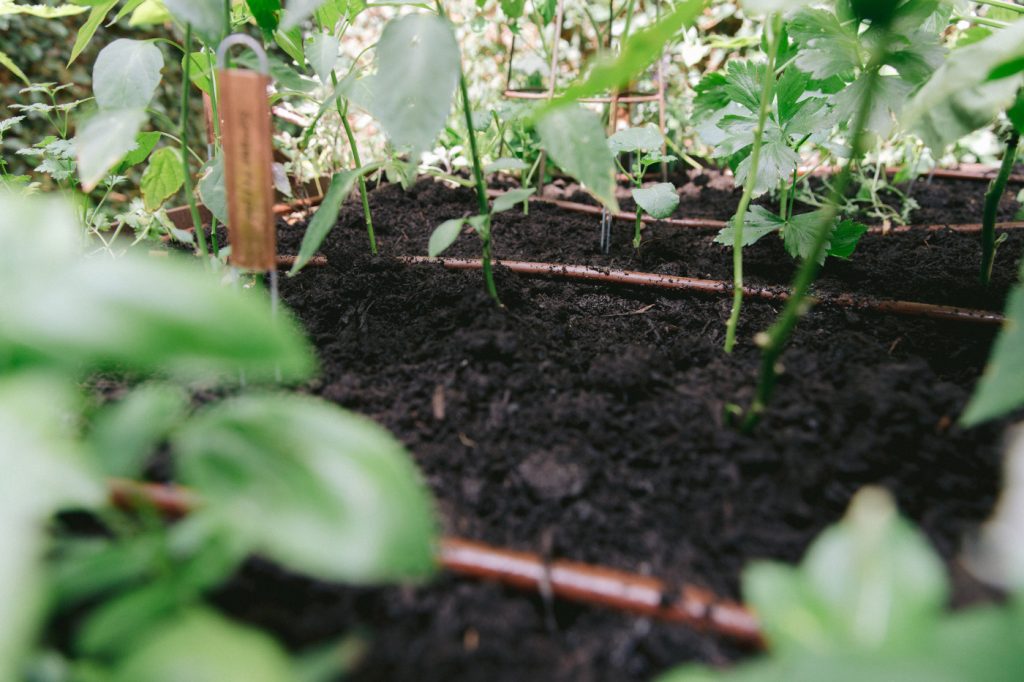
Harnessing the Power of Manual Watering
Manual watering is more than just a chore; it is an art that engages the gardener in a dynamic relationship with their plants. For aspiring plant enthusiasts, understanding how to deliver the right amount of water at the right time is essential for nurturing greenery to thrive. As you navigate through the various manual watering techniques, it’s important to consider not only the water delivery systems but also the timing and frequency of watering—critical components that will set the stage for successful plant health.
Understanding Soil Needs
Before you dive into the watering methods, familiarizing yourself with the soil’s moisture retention capabilities is key. Soil types can dramatically influence how water is absorbed and effectively utilized by plants. Here is a brief overview of common soil types and their watering needs:
- Clay Soil: Clay soil retains moisture effectively but drains poorly. When watering clay soils, it’s crucial to water slowly to prevent water from pooling on the surface. In such instances, a soaker hose or manual watering with a can is often ideal.
- Sandy Soil: Sandy soils drain well, meaning they dry out quickly. This necessitates more frequent watering to keep plants hydrated. Pay attention to the signs of wilting, as sandy soils can leave plants in distress if not properly managed.
- Silty Soil: Silty soil strikes a good balance between drainage and moisture retention, often needing less frequent watering than sandy soils but more than clay. Understanding its characteristics can support the creation of a watering schedule catered to its needs.
The Rhythm of Watering
Timing is everything in horticulture. Watering at the correct intervals plays a significant role in promoting strong root systems. Plants, like any living being, will adapt their growth based on hydration patterns. Consider these important aspects when planning your watering schedule:
- Seasonal Variations: During hotter months, plants typically require more water due to increased evaporation rates. Conversely, plants need less water during cooler months when their growth is subdued.
- Weather Conditions: Rainfall naturally alters your watering needs. Keep an eye on the weather forecast to prevent overwatering, which can lead to root rot—a common concern among new gardeners.
- Plant Species: Different species have varied hydration requirements. Research the specific needs of the plants in your garden to provide them with personalized care.
By becoming attuned to your plants’ hydration capacity and adapting your manual watering techniques accordingly, you not only ensure their survival but also contribute to their overall growth and vitality. This hands-on experience fosters a meaningful bond between the gardener and their green companions, propelling your gardening journey to greater heights.
| Technique/Tool | Advantages |
|---|---|
| Watering Can | Offers precision in watering small plants and allows beginners to develop a feel for moisture levels. |
| Drip Irrigation | Minimizes water waste by targeting root zones, ideal for beginners focusing on efficient usage. |
| Soaker Hose | Provides consistent watering over long periods, promoting deep root growth and reducing the risk of overwatering. |
| Hand Sprinklers | Versatile for different plant types, allowing beginners to easily cover larger areas without excessive effort. |
Understanding the various manual watering techniques is essential for beginners aiming to nurture healthy plants. Each tool or method comes with specific advantages, whether it’s enhancing water efficiency or ensuring precise application. For instance, the watering can is perfect for nurturing small gardens or potted plants where precision is needed, while drip irrigation allows the gardener to effectively target moisture directly to roots.As you explore these tools, it becomes evident how each contributes to cultivating a thriving garden. Whether you prefer the ease of a soaker hose or the agility of hand sprinklers, understanding these options empowers you to make informed choices and optimize your watering strategy effectively. By experimenting with these techniques, you can dive deeper into the art of manual watering and discover what works best for your gardening style.
DISCOVER MORE: Click here to learn how to select the best plants for your local climate
Choosing the Right Tools
When embarking on your manual watering journey, selecting the right tools can significantly enhance your experience and the health of your plants. Various tools cater to different watering needs, offering ease of use and efficiency. Here’s a roundup of popular manual watering tools:
- Watering Cans: The classic gardening companion, a watering can allows for precision watering. Available in different sizes, they are perfect for tender seedlings or potted plants. Opt for one with a removable spout to adjust the flow based on the plant’s requirement. Remember, lightweight cans are easier to maneuver, especially during long watering sessions.
- Hoses with Handheld Nozzles: A flexible garden hose paired with a handheld nozzle provides versatility. Nozzles can often be adjusted from a fine mist to a powerful stream, catering to the diverse needs of your plants and garden layout. Many nozzles also come with a trigger lock, which can ease hand fatigue on extended watering days.
- Soaker Hoses: These perforated hoses are perfect for garden beds and can be laid out to encourage deep-root watering while minimizing evaporation. They distribute water gently and evenly, ensuring that the soil absorbs moisture more effectively.
- Sprayers: For larger garden areas, a sprayer can cover more ground efficiently. Consider using a backpack sprayer for ease of movement while distributing water to your plants without harming their delicate structures.
Understanding your options means you can tailor your approach to watering based on the size of your garden and the type of plants. Choosing the right tools will not only make watering more efficient but will also enhance your overall gardening experience.
Techniques for Effective Watering
Understanding how and when to apply water is crucial in mastering manual watering techniques. Here are some effective methods that every beginner gardener should know:
- Deep Watering: Instead of light, frequent watering, deep watering encourages roots to grow stronger as they reach for moisture. This is particularly effective in well-draining soils. To deep water, use a slow drip technique or a soaker hose to saturate the soil down to about 6-12 inches.
- Water at the Base: Aim to water directly at the plant’s base rather than spraying over the foliage. This reduces the risk of fungal diseases caused by wet leaves and ensures that the roots get the moisture they need directly. Using a fine nozzle or watering can with a narrow spout can help target the base.
- Morning Watering: The best time to water your garden is in the early morning when evaporation rates are lower. Watering in the morning allows plants to absorb moisture before the heat of the day kicks in, reducing stress and enhancing the effectiveness of the hydration process.
- Observe Signs of Hydration: Being attentive to your plants is a practice all aspiring gardeners must cultivate. Leaves that are wilting, curling, or changing color can indicate water stress. Learning these signs and adjusting your watering regimen will help you respond to your plants’ unique needs.
By integrating the right tools and refining your techniques, you will not only enhance plant health but also enrich your gardening journey. Observing the nuances in techniques allows for a deeper understanding of what your plants need, showcasing the rewarding nature of manual watering.
LEARN MORE: Click here to discover more
Final Thoughts on Manual Watering Techniques
Mastering manual watering techniques is an essential skill for any aspiring gardener. By understanding the importance of choosing the right tools and implementing effective watering methods, beginners can significantly improve the health and prosperity of their plants. The journey of gardening is not just about planting seeds; it’s about nurturing life through knowledge and observation.
The tools available, whether watering cans, hoses with handheld nozzles, or soaker hoses, are all designed to make the task easier and more effective. Pairing these tools with techniques like deep watering and watering at the base of the plants ensures your efforts yield fruitful results. Timing also plays a crucial role, with morning watering being the optimal choice to ensure plants receive the hydration they need to thrive.
As you enter this rewarding world, remain observant. Pay close attention to the signs from your plants; they will guide you in adjusting your watering routine. By adapting your approach according to the specific needs of each plant and your garden’s unique environment, you will foster a flourishing garden that brings joy and satisfaction.
Continuing to learn and experiment with different manual watering techniques will not only enhance your gardening capabilities but will also deepen your connection with nature. Embrace the process, and enjoy the results of your hard work. Dive into further research, connect with your local gardening community, and let your enthusiasm blossom!

